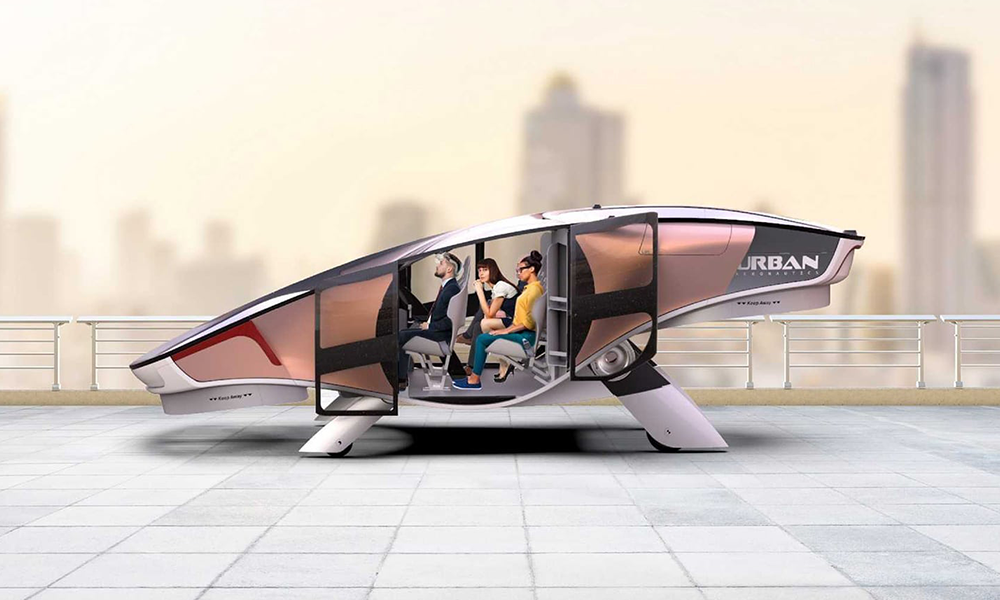

The hawk of the cities. It's a reality: electricity is largely taking precedence over hydrogen. But this does not prevent some companies in the automotive sector from imagining new models based on this energy which, when it is produced by electrolysis thanks to renewable energies, is a real ecological fuel (a vehicle that runs on the hydrogen only releases water).
Hydrogen is Urban Aeronautics ' choice for its first flying car. Finally, for its first vertical take-off and landing (eVTOL) aircraft called “CityHawk” (the city hawk). The beast with a futuristic design, 8 meters long, works thanks to a system of rotors. These, inlaid on the front and back of the device, are advertised as "innovative". They would allow the machine to be stable at all times, even in difficult climatic conditions. An autonomous navigation system would even be able to detect power lines and buildings. We are reassured.
“CityHawk” was designed for the city. The machine could serve as a flying taxi but also as a device for medical emergencies. For the moment, and even if no prototype has yet been built by the firm, Urban Aeronautics announces a maximum speed of 234 km / h and 150 kilometers of autonomy.
However, this is not the first time that the Israeli startup has landed with a new design for its “CityHawk”. Already in 2018 and then in 2020, announcements had been made, with the first take-offs scheduled for 2022 . Obviously, Urban Aeronautics is still far from taking the start since it would still need $ 90 million to complete its project. If in the meantime, the design seems to have been redesigned, and the device finally looks like something concrete, the "CityHawk" will not fly through the air soon (the company has nevertheless carried out the first conclusive tests , see the video above). Maybe in 2050, this city hawk will be one of the means of getting around to avoid traffic jams. Or to save your life.
More info here // Photo Credits: Urban Aeronautics


